Have you ever felt that it is a headache to look at fabrics when shopping online?
Looking carefully, I found several messy superimpositions that were completely incomprehensible.
Buy it if you don’t see it. I thought it was so beautiful when I wore it for the first time. I washed it with water. Collapse immediately.
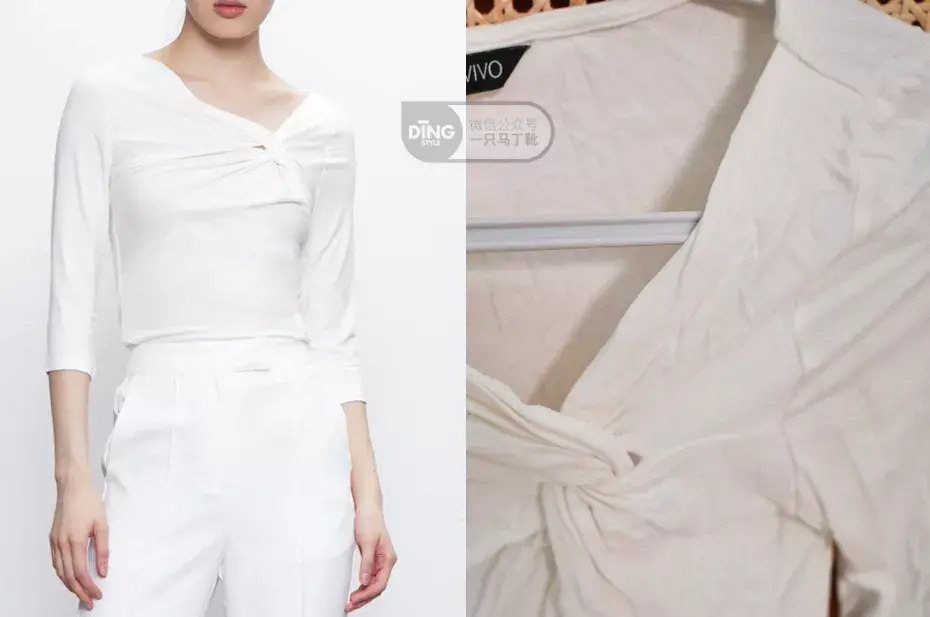
▲ This piece is 94% viscose + 6% spandex.
Sometimes when I look at the pictures, I feel it is soft and skin-friendly, but when I buy it, it doesn’t stick well and pills. …The store also said that this is the characteristic of the fabric. Are they trying to trick me?

▲ This piece is 32% pony mohair + 28% wool + 40% nylon.
So what is a “good” fabric? What is the mentality of a fashion expert when choosing fabrics?
Today we will have a good chat. Ding Ding will not talk about too complicated knowledge, but will help Everyone has summarized tips that can be used immediately every day!

What are the classifications of fabrics?
Help you explain it all at once
There are many changes in fabrics, just like there are dozens of Chinese character strokes, but they can form nearly 100,000 Chinese characters.
The “gene” of the fabric is the fiber, which is then made into yarn and then passed through the shuttle Knitted or knitted, and finally turned into flat clothing fabrics.
In this process, fiber characteristics, yarn processing, and weaving methods all determine The look and feel of the final fabric is very different.
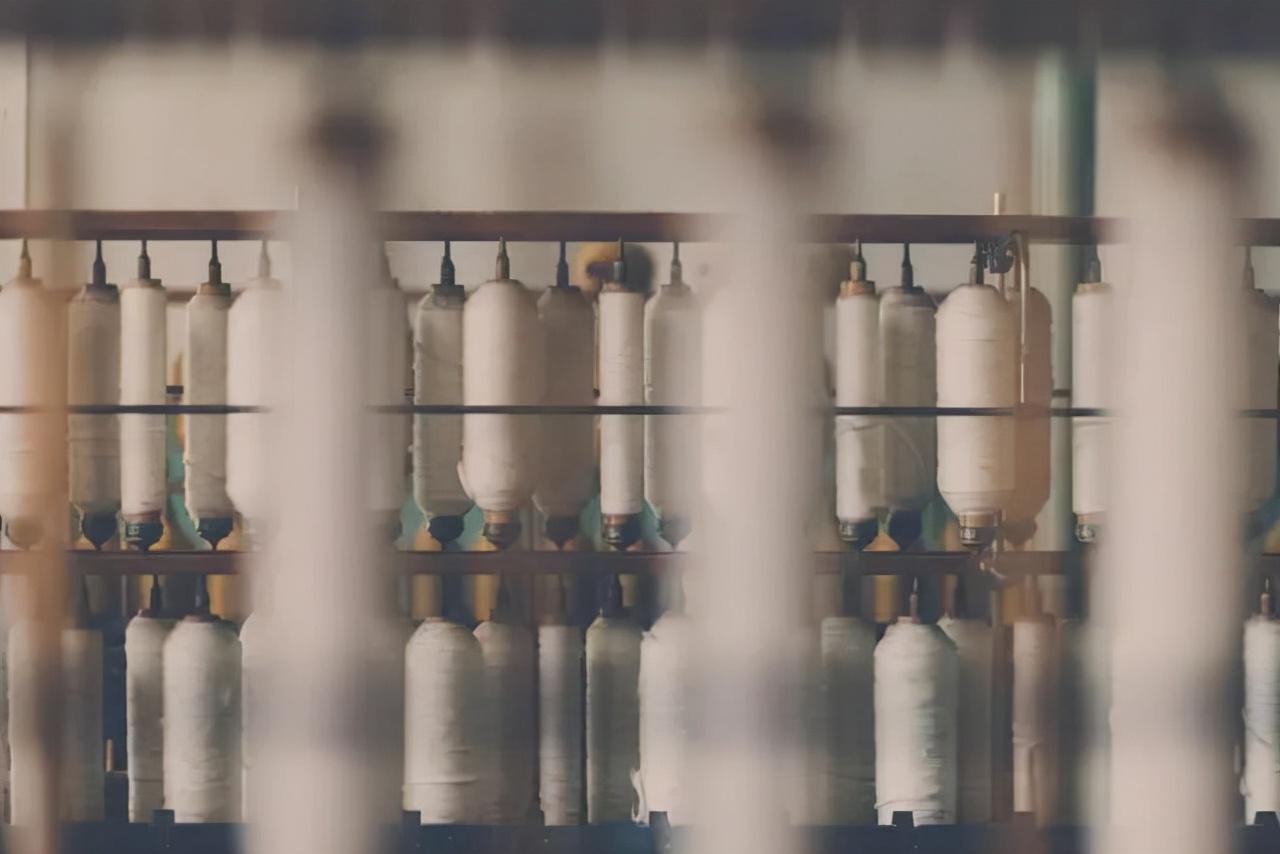
So fabric is really a big job! However, as ordinary consumers, we don’t need to think too complicated. We just need to understand the most basic fabric fibers first.
Simply speaking, it can be divided into natural fibers & chemical fibers.
▍ What are natural fibers?
Natural fibers come from natural resources and are only slightly preliminary processed without any chemical processing or addition of other fibers. s things.
According to the source, it can be divided into plant fiber & animal fiber.
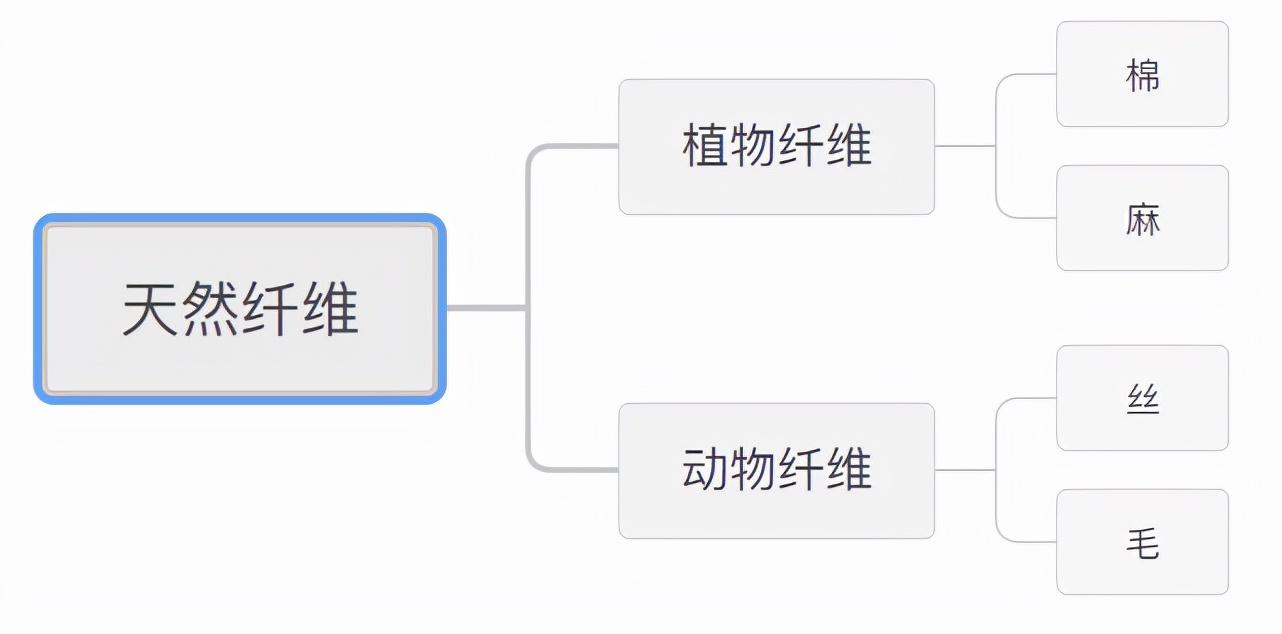
The most typical plant fibers are cotton and linen, which are extracted from the hair of seeds or the stems of plants.


The most typical animal fibers are silk and wool. According to the animal The categories can also be further subdivided.
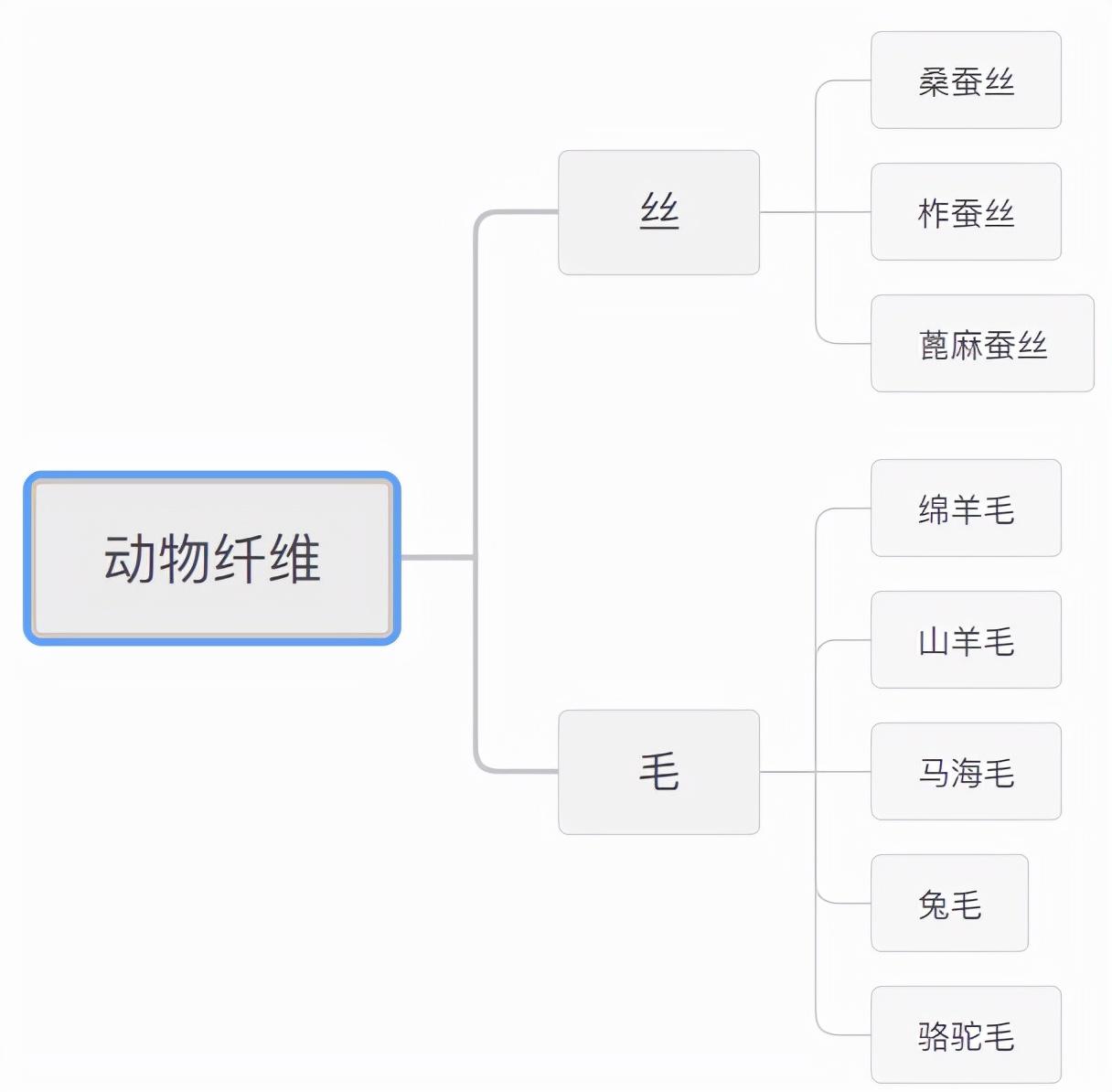


▍ What are chemical fibers?
Chemical fiber is also called man-made fiber, or simply chemical fiber.
This kind of fiber must be formed through chemical processing, that is, the raw materials are made into It becomes a viscous spinning liquid, which is then turned into fiber by spinning method.
According to the raw materials used, it can be divided into 2 types:
- Processed with natural raw materials: regenerated fiber
- Used with chemicals Processing: synthetic fiber
① Regenerated fiber
Regenerated fiber actually uses natural raw materials! It’s just that they cannot be woven directly, so they must be chemically processed to become fibers.
For example, viscose fiber (or viscose fiber/viscose fiber) is used Made of natural raw materials such as cotton linters, wood, and reeds. Modal fiber uses beech wood pulp. Triacetic acid uses coniferous tree pulp.
<img src="http://imges.zaomingfu.com/uploads/allimg/20230203/1Forexample,comparedwithpurecotton,itismorebreathable,washable,andmoredrapey.However,itissoft,easytodeform,andpronetopilling.Modal+cottonisnoteasytopill,whilespandexisresponsibleforincreasingelasticity.
Nowadays, the texture of many new fabrics can be made very good. Like the one below, it looks like the texture of linen fabric. But the ingredients are actually polyester fiber + regenerated fiber, and the flax content is only 1.8%:

▲ Taking into account breathability and comfort , and also reduced the cost.
The fabric industry is particularly deep and there is a lot worth exploring. . There are friends around me who have been in the fabric industry for more than ten years, but they still feel like students who have just entered the industry.
▍ How to evaluate the quality of fabrics?
Actually After talking about this, everyone should have an answer in mind: each fabric has its own advantages and disadvantages, everyone’s needs are different, and the evaluation standards for good and bad are also very different.
When buying, it is best to choose fabrics based on your living habits, dressing style, and budget range.
Lifestyle habits determine whether to accept the trouble caused by maintenance. Silk is suitable for people who value experience and are diligent in taking care of it. It is said that it is indeed comfortable and noble. But for those who have no time to take care of it, it will feel that it is too delicate and laborious.
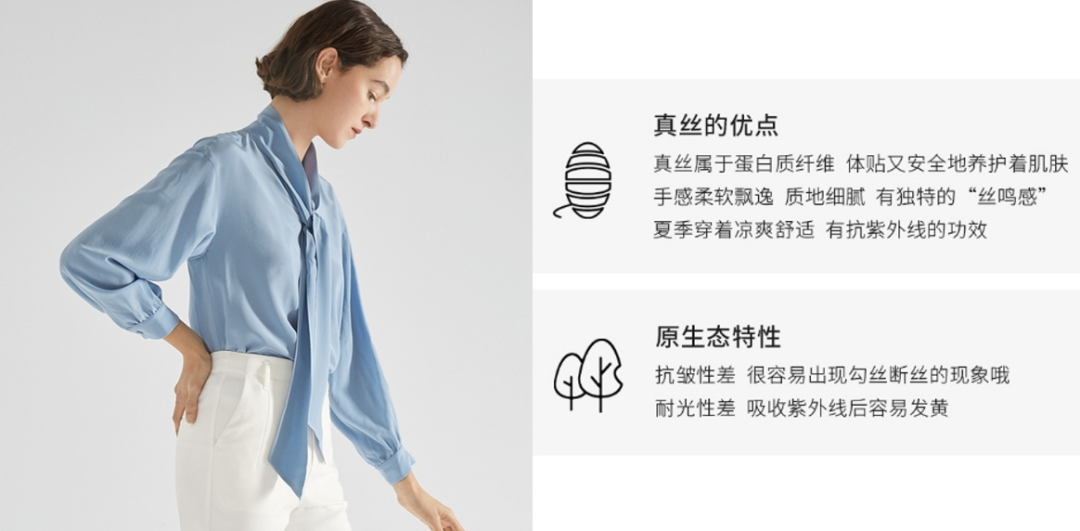
▲ Some stores will also remind consumers to prepare themselves mentally.
Wearing styles are different, and the requirements for fabrics are also very different. The fabric determines the silhouette. What shape can be designed?
Nylon is a synthetic fiber with no natural ingredients, yet a luxury brand like Prada actually uses it To make bags. In fact, using this material just reflects the rebellious, youthful and sporty feel of the item.

Finally, there is a budget range. The production cost of some fabrics is high, but it may be difficult for students or girls who are new to the workplace. Tight, it depends on personal choice.
For example, this item is cheaper to buy in polyester fiber, but it will be hot and uncomfortable. Breathable. If you buy real silk, it is much more expensive, and you have to take care of it and maintain it. In short, each has its own pros and cons.

With these basic knowledge, we can put aside our prejudice against chemical fibers and stay within the budget. Go choose fabrics that are more suitable and better to wear.

When shopping online,
How to choose the right fabric as much as possible?
In terms of choosing fabrics, the disadvantages of online shopping are quite obvious, and you can’t get started directly. Feel. Here are 3 super practical tips to improve your hit rate.
▍ Look at the softness and hardness first and screen out the inappropriate ones
No matter what the ingredients are, if the soft and hard lines presented no longer match the style, then they can be filtered directly.




